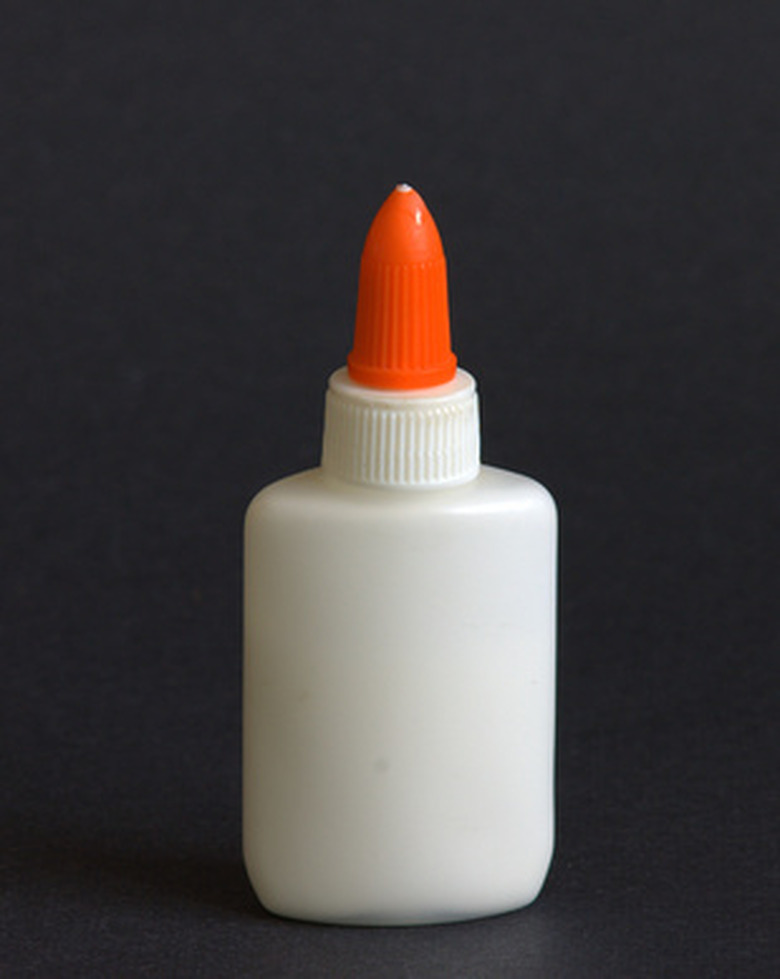How To Make An Easy Animal Cell Model
The cell is often called "the basic unit of life" or "the building block of life." Your body contains trillions of these microscopic containers, which are specialized to serve specific tissues and organs but have a variety of fundamental features in common. Plants also consist of cells, which look different from animals cells; some micro-organisms consist of only a single cell.
Building a model is an excellent way for you to both learn the structure and components of a call and instruct other people, be they classmates, friends or siblings, about these things. While it may be helpful to build one out of materials that will allow your model to last indefinitely, you can also make one out of food components because these are often brightly colored and easy to get.
Before You Start
Before You Start
You should avail yourself of either a textbook showing the basic elements of a cell or a printout of a web page that does the same thing. See the Owlcation page in the Resources for an example. While you don't need to memorize everything about animal cells before you start, and you can count on the project teaching you a great deal, you should at least familiarize yourself with the basics: the outer and inner components, how cells reproduce and what the individual organelles (the functioning cell "organs") do.
Basic Cell Model Construction Materials
Basic Cell Model Construction Materials
You can make a cell model project from a variety of materials. Perhaps the best option is to use foods and food containers. For the cell membrane, you can use either a pie crust or a round clear (e.g., glass) baking dish. Your finished product will thus look like a cross-section of a cell, as often shown in diagrams. A light-colored gelatin makes an ideal cytoplasm because you can embed the "organelles" inside and still see them easily.
You will also want something with which to label your cell. Long toothpicks or popsicle sticks may do the trick. You could cut up pieces of paper to as actual labels, which you can affix to the toothpicks or sticks once you have written them out.
The Organelles
The Organelles
Try using pieces of candy or fruit of appropriate shapes for the organelles, taking care to use contrasting colors for ease of labeling. For example, mitochondria are roughly oval in shape, so you could use oval cookies or candy. The nucleus contains compressed chromosome strands, so cooked angel-hair pasta might suffice. The trick is staying faithful to whatever diagram you base your model on.
Animal Cell Project vs. Plant Cell Project
Animal Cell Project vs. Plant Cell Project
Note that an animal cell is distinct structurally and functionally from a plant cell, so a single project cannot cover both. A plant cell model would differ from an animal cell model in straightforward ways. Plant cells have cell walls, tend to be square in shape and have chloroplasts, which afford them their green color; animal cells are roundish and contain centrioles. But you can consider making a plant cell model once the animal cell model is complete, to further your overall understanding of biology.
Which Organelles to Include
Which Organelles to Include
At a minimum, you will want to display a nucleus, some mitochondria, the endoplasmic reticuum with ribosomes attaches, Golgi bodies, centrioles and vacuoles. Try to gain a sense for how these are distributed within a cell physically and in what relative numbers. Chill the gelatin portion for about 90 minutes before adding the "organelles," and then return the model-in-progress to the refrigerator for about three more hours.
When the model is done, label the organelles using your toothpicks or sticks, getting the tips as close as you can to the actual element being labeled. How much detail you put on the paper attached to the label depends on the course level and other than that is really up to you.
Cite This Article
MLA
Beck, Kevin. "How To Make An Easy Animal Cell Model" sciencing.com, https://www.sciencing.com/make-easy-animal-cell-model-6225563/. 25 July 2018.
APA
Beck, Kevin. (2018, July 25). How To Make An Easy Animal Cell Model. sciencing.com. Retrieved from https://www.sciencing.com/make-easy-animal-cell-model-6225563/
Chicago
Beck, Kevin. How To Make An Easy Animal Cell Model last modified March 24, 2022. https://www.sciencing.com/make-easy-animal-cell-model-6225563/
